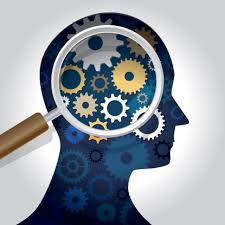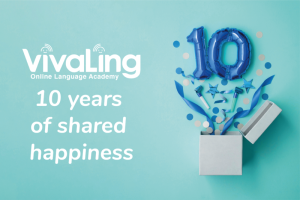How does the brain master a language?
Although recent research shows that many areas of our brain are activated during the slightest mental operation, the functions that are useful for language originate in two areas that are therefore of prime importance: the Wernicke’s area and Broca’s area. The first allows us to understand languages and the second is used to express ourselves orally in one or more languages. The functioning of these two areas is different. The Broca area creates a specific space for each language, whereas the Wernicke area does not differentiate between them.
The brains of children raised in bilingual or multilingual environments are somewhat different from those of monolingual children since the Broca’s area does not distinguish between languages learned simultaneously. This explains why bilingual children have no trouble switching from one language to another in the same sentence.
Knowing that there are two cervical areas involved in the mastery of a language, it is then possible to understand a language very well while having difficulty speaking it. If this is the case for your child, don’t discourage him or her: just make your child work a little more on his or her Broca’s area by practicing his or her oral expression. This is completely in line with the saying that “to master a language, you have to practice”!
What is the best way to learn?
The vast majority of experts today agree on one thing: language learning on the “traditional” model does not work on the neurological level. In fact, it is necessary to send signals to the brain clearly indicating that one is in a process of language learning, so that the functions devolved to language can be activated. So if your child is learning a language the way he or she learns a history lesson, for example, by memorizing lists of words such as dates of events, it won’t work. He’ll remember lists of dates and grammar rules, but he won’t be able to get three words out or understand a simple sentence in the target language .
Scientific research shows that there are 4 elements necessary to master a language:
1- Use it regularly.
2- Use it with a goal, add a parallel project that justifies learning (examples: putting on a play, playing a game, etc.).
3- Have access to authentic material. Audio and video excerpts from real exchanges and situations that use language (verbal and non-verbal).
4- Use it in interaction with others.
There is therefore no magic solution for learning a language, nor is there a “national genetic code” more suitable than others for language learning. If Germans and Danes speak English better and earlier than the French, it is simply because they learn the language better.
This requires patience and a lot of practice
It is therefore best to practice the language as early as possible, with different speakers. Immersion will force the brain to assimilate vocabulary and grammar more quickly and durably in order to make itself understood by others.
Sources: Cursus.edu





